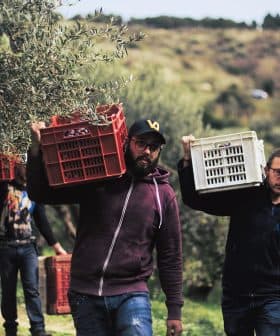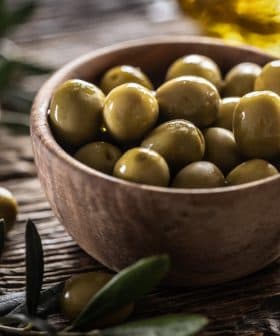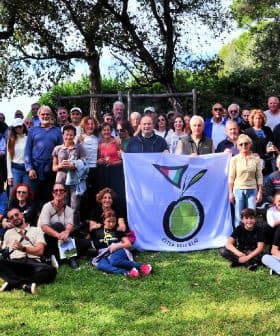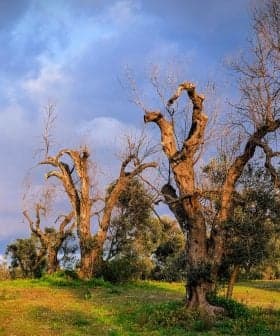Xylella Update: Spread Continues in Southern Italy Amid Calls for Swift Action
With the bacteria spreading beyond predictability, an evolving patchwork of strategies aim to identify and contain outbreaks.
 Infected olive tree (bacterium Xylella fastidiosa)
Infected olive tree (bacterium Xylella fastidiosa)The Xylella fastidiosa outbreak in Puglia has spread beyond containment areas, with new infections in Locorotondo and calls for quicker removal of infected olive trees. Efforts are being made to combat the spread of the bacteria, with different organizations proposing varied approaches, including replanting with less susceptible trees and utilizing advanced technology for early detection.
The latest Xylella fastidiosa outbreak in Puglia showed how easily the bacteria spreads beyond the already identified areas of containment and observation.
We need to change the approach and intensify both prevention and intervention activities.
With eighteen new infected olive trees in the area of Locorotondo, not far from Bari, in Puglia, and five more in the last two weeks, the presence of Xylella was confirmed as widespread in more Apulian territories.
See Also:Xylella Fastidiosa“The new infections show that the disease continues to migrate,” said Savino Muraglia, president of the Apulian branch of the Coldiretti farmers association.
“This draws a dark scenario caused by delays in the removal of the infected olive trees, as it happened in April 2015, when it was decided not to remove 47 trees in an outbreak that then carried on to infect 3,100 other trees, including monumental olive trees, and hit both the olive and landscape heritage of the Brindisi and Taranto province,” Muraglia said.
That scenario is why the local Authority on Forestry, ARIF, is pushing for a quicker response to the new infections. The institution confirmed that all of the newly-found infected trees will be removed in the next few days.
“That swift response to the spreading of the infection is an excellent result,” said the ARIF Extraordinary Commissioner Gennaro Ranieri, “due not only to the institutional collaboration but above all to the sensitivity of the landowners.”
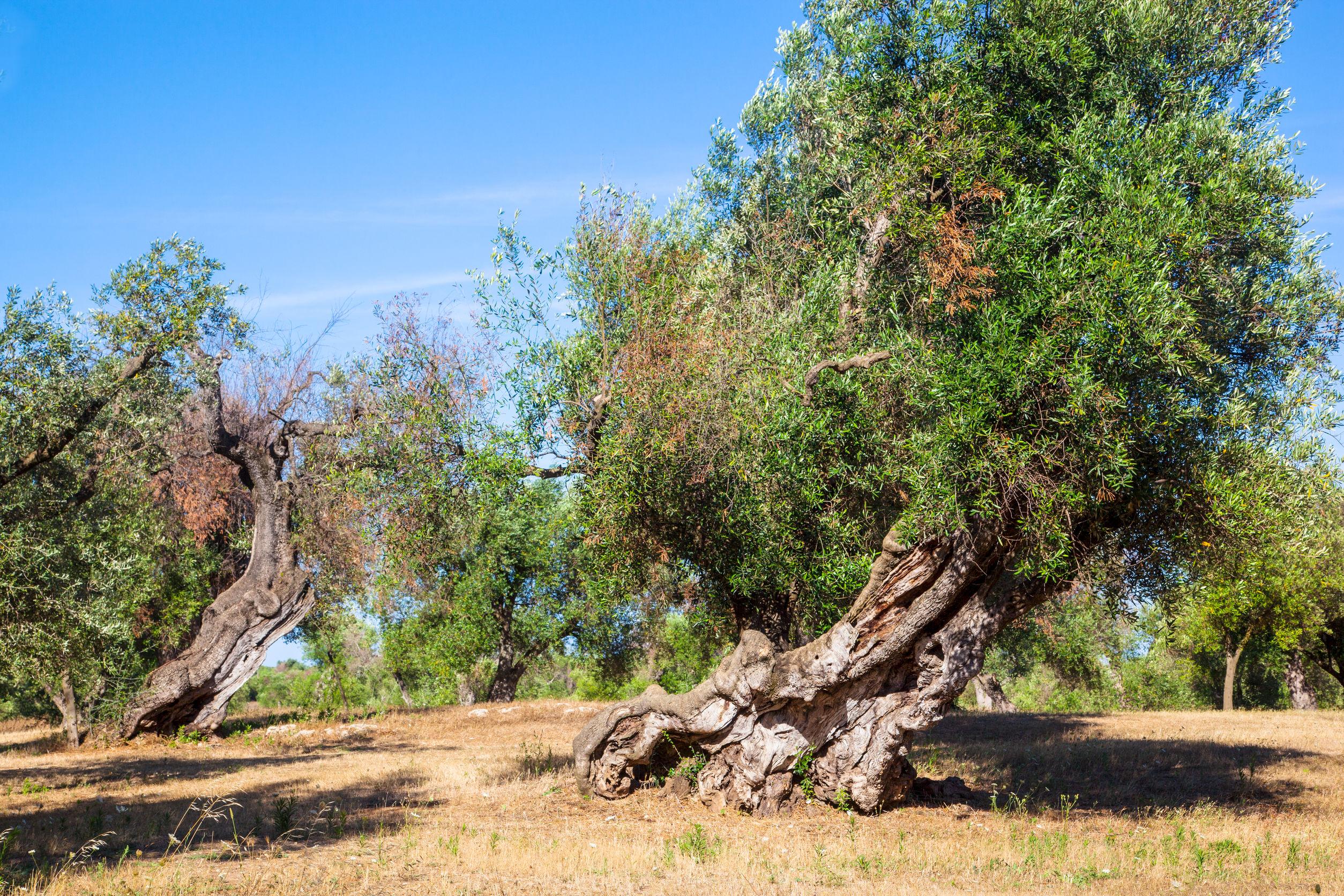
Olives trees in Salento infected with Xylella
“Despite the suffering caused by the felling of olive trees that represent not only an economic resource but also a piece of family history, have allowed operations to take place immediately,” Ranieri explained.
While there have been many calls for more timely responses to new infections, not all agree on the scope and means of such actions in already infected areas, also known as red zones.
In a joint statement, WWF Italy, the Torre Guaceto Natural Reserve Consortium and Slow Food Puglia asked the Puglia Region authorities to avoid any further removal of the infected trees because “the only useful action against the further dissemination of the bacteria within the red zones is to combat the insect carrier.”
The three associations asked the authorities to save the monumental olive trees and respect the decision of the TAR (Regional Administrative Tribunal) that suspended the removal of trees in the red zones because in those areas the infection is considered endemic.
In those areas, say the associations, some farmers have been able to successfully take care of their trees and even bring them back to olive oil production. The idea is that farmers and growers have the right to do whatever they can to save their trees.
“We are trying to give a hand to farmers in those areas as we always did,” Marcello Longo, Slow Food Puglia president, told Olive Oil Times. “We set up a Slow Food presidium for those who produce olive oil in the hit areas and will be on their side at this moment, as we did before and even more during the worst times of the Covid-19 epidemic.”
To help the farmers hit by Xylella in the red zones and provide better resilience against infections, Coldiretti asked for a special authorization that should be given to growers who would want to replace the removed olive trees with cherry and almond — trees that are much less likely to be infected by Xylella than the olives.
The association noted that the area is well suited for trees that could bring new sources of income to farmers.
“The diversification of our crops is essential to restore the area,” said Gianni Cantele, president of the Lecce branch of Coldiretti. Farmers, said Cantele, should be able to proceed with “replanting, grafting, and experimentation, giving priority to all host plants belonging to varieties for which there is scientific evidence, although not definitive, on tolerance and resistance to the bacterium.”
The Italian government has announced another €190 million ($214 million) against Xylella on top of the €35 million ($39 million) recently deployed. The Ministry of Agriculture allocated €40 million ($45 million) for the replacement of removed olive trees, while €25 million ($28 million) will go to the planting of other kinds of trees. The remaining funds will be allocated as solidarity fiscal funds for the local farming companies, with benefits extending for a maximum of three years.
A push towards a more modular approach to the Xylella outbreak, based on areas with different levels of infection, came in the last few days from the European Union Food Safety Authority (EFSA).
In its new guidelines for EU member states dealing with the many challenges posed by the monitoring of the disease, EFSA provides methods to differentiate the surveyed areas.
“Based on examples,” said EFSA in a note, “three different survey designs are simulated: detection surveys to substantiate pest freedom, delimiting surveys to determine the boundaries of an infected zone, and buffer zone surveys to monitor a zone ensuring pest detection at a low level of prevalence.”
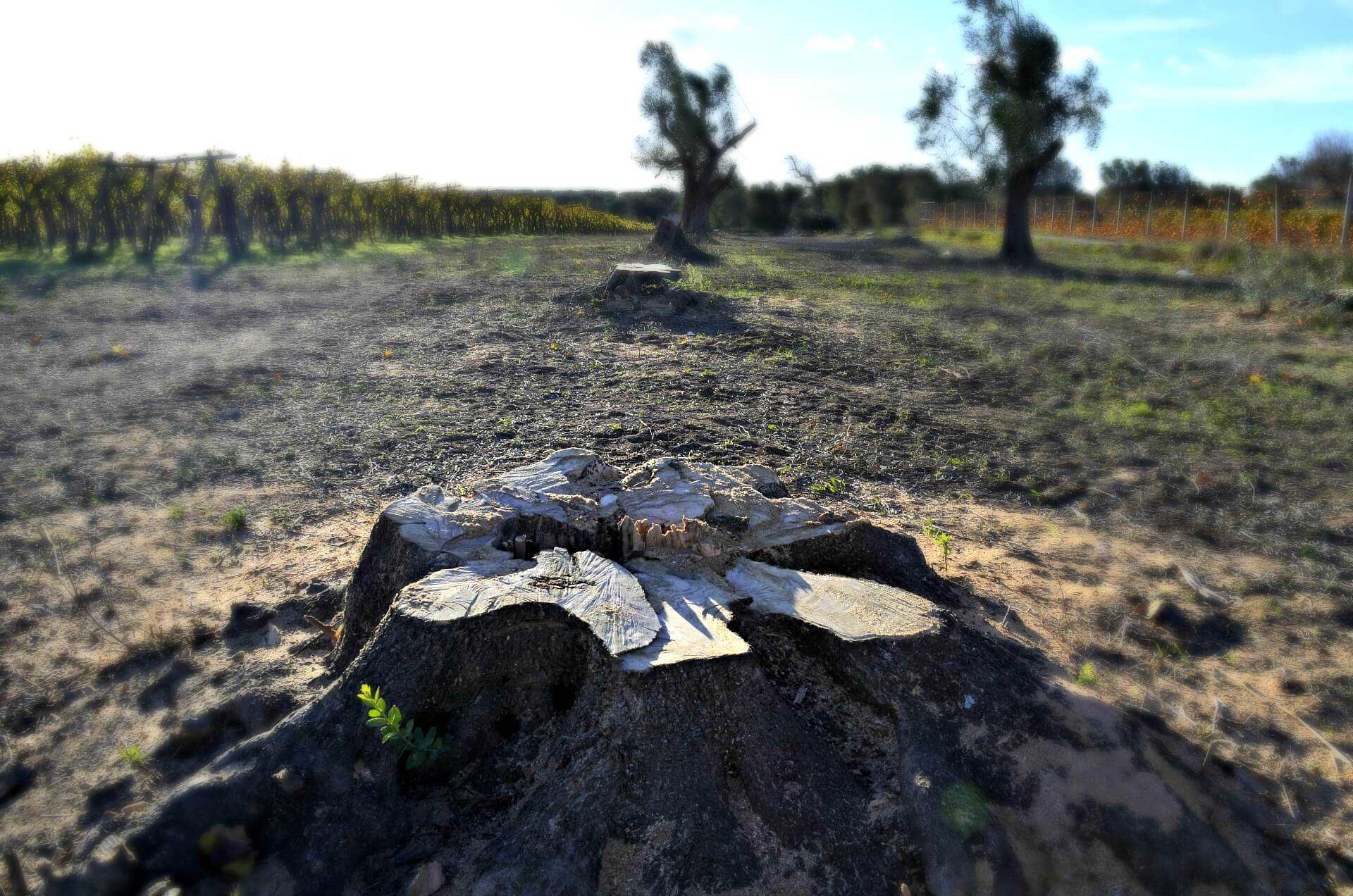
For EFSA that “extremely flexible approaches allow surveys to be tailored to each specific situation in the member states, taking into account the host plants, vectors, climate suitability and resources available.”
The European Commission will conclude a public consultation on July 7th to define a new approach to the Xylella containment. While the EU proposal reiterates the need for the removal of the infected trees, it also eases some previous measures.
It provided for the halving, from 100 to 50 meters, of the radius within which the plants not infected by Xylella should be cut, the reduction of the buffer areas and removal of the vine from the list of plants that are susceptible to infection. In the newly defined areas, monumental trees and other plants considered of cultural and social relevance will be spared from eradication.
In a note, Coldiretti stressed the urgency of strong European coordination to combat Xylella. “The disease has been detected in France, Spain, Germany and Portugal, with the bacteria spreading north,” the Italian farmers association noted. “We need to change the approach and intensify both prevention and intervention activities.”
Until now, several countries chose to proceed with national policies on the matter, like the U.K., where the government and the European Union are currently debating the ban introduced by London to halt the import of any plant, like olive, lavender or rosemary, that the British Government believes could be Xylella carriers.
EFSA has stressed that the most challenging task of all remains the detection of the infection, which has shown to be able to spread well beyond predictability.
The monitoring campaigns are mostly focused on trees that show symptoms of the bacteria even if trees with no symptoms at all can propagate the infection. With the goal of early detection, technology can play a key role. Just a few days ago, the Apulian aerospace technology company DTA presented its “Redox” project, a system for the aerial monitoring of the Xylella-infected areas.
With its institutional partners, like the National Research Council (CNR) and the Aviation Authority (ENAV), DTA is developing an integrated technology for the monitoring in vast areas, using drones and thermal sensors.
The goal is to deploy technologies and procedures for the acquisition, transmission, storage, processing and sharing of remote sensing data acquired with digital sensors mounted on satellites, airplanes, drones and terrestrial platforms that identify olive trees infected with Xylella fastidiosa even before the onset of symptoms visible to the naked eye.
“The use of hyperspectral sensors and thermal chambers made available by CNR,” said the company in a note, “will guarantee continuous monitoring of large areas, even tens of thousands of square kilometers, like an entire region.”


